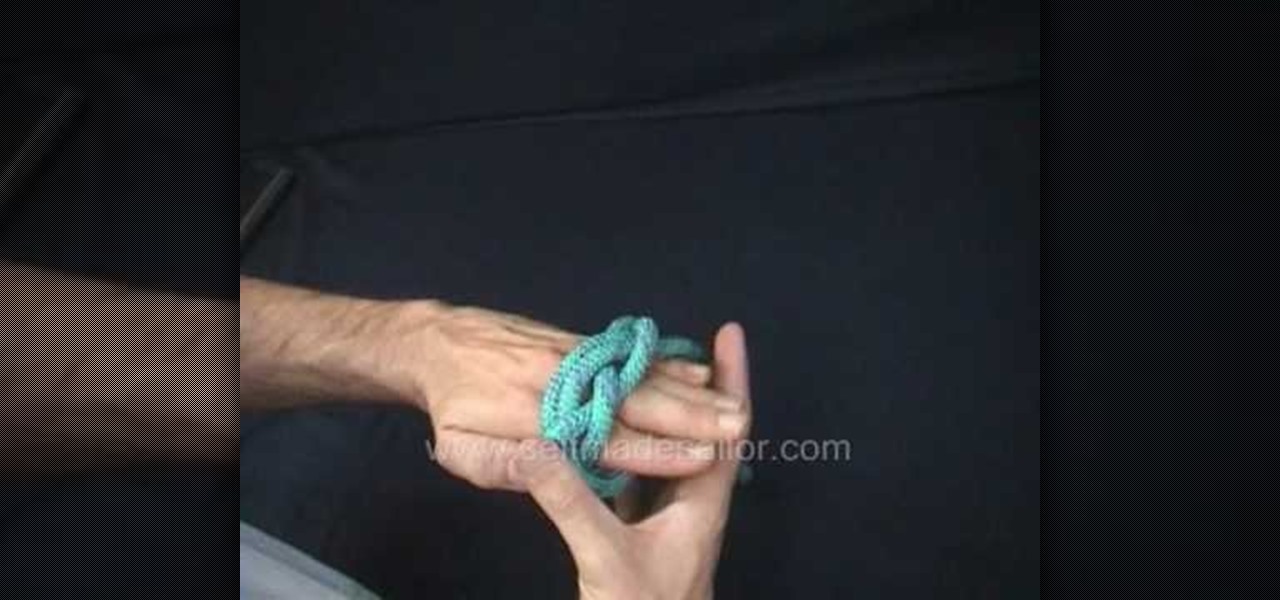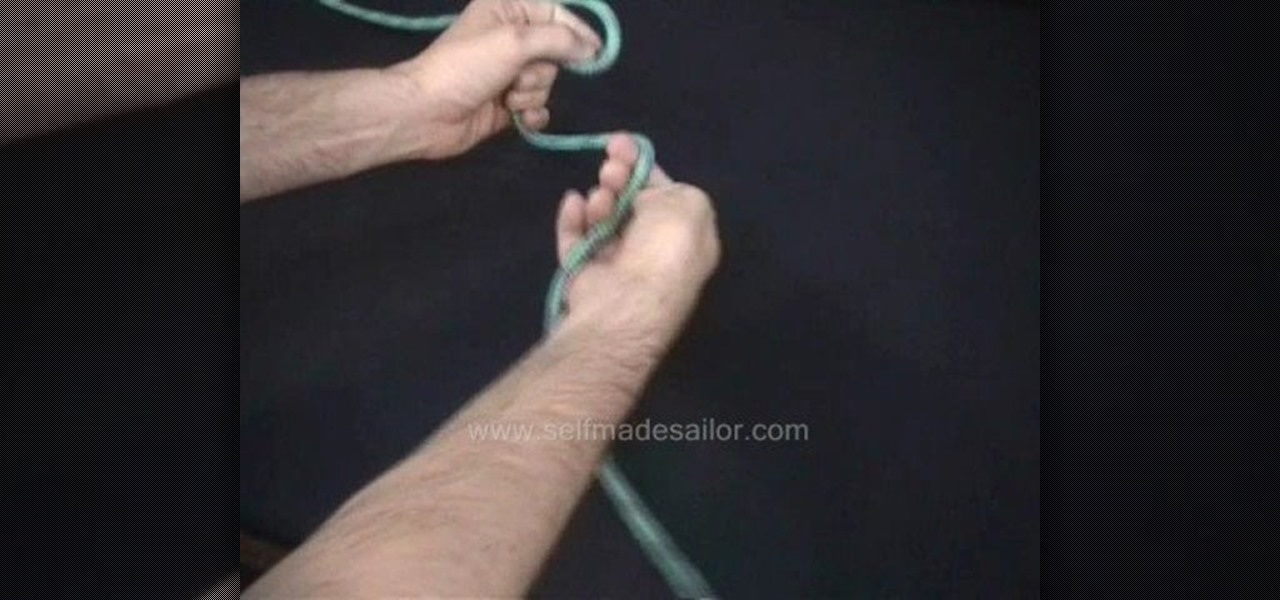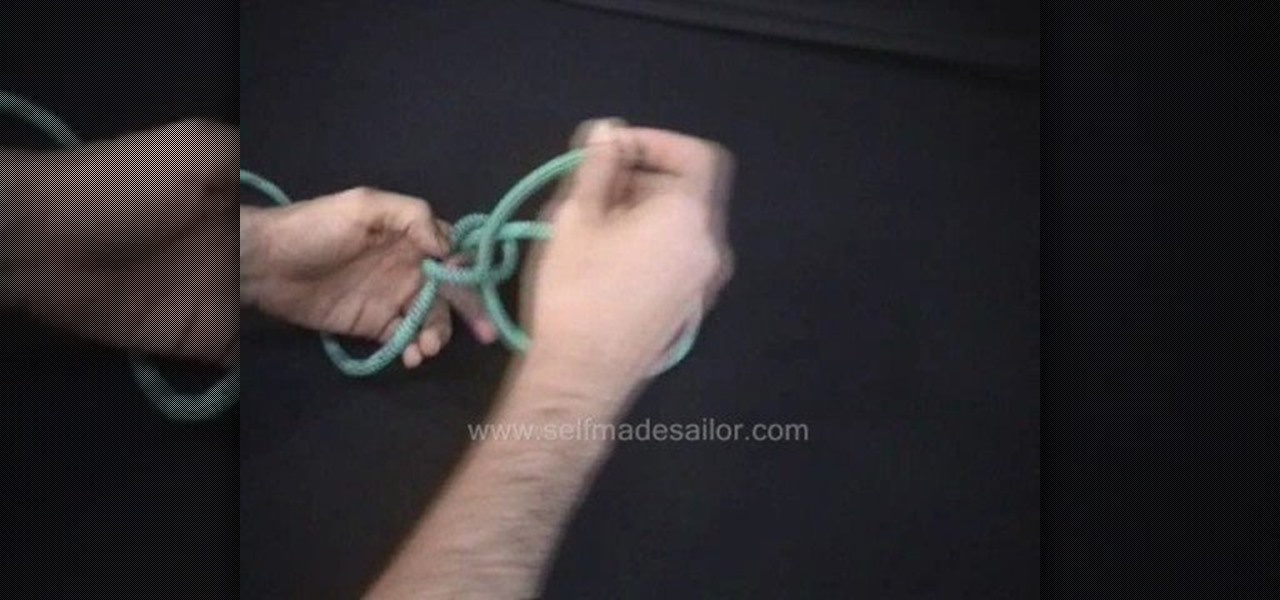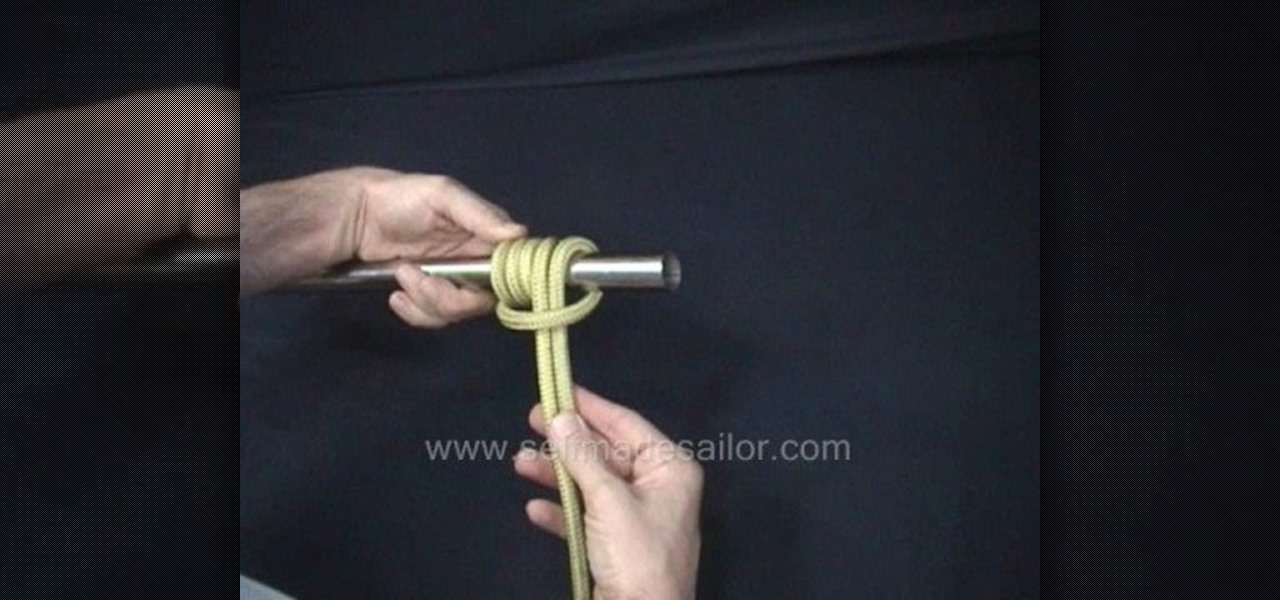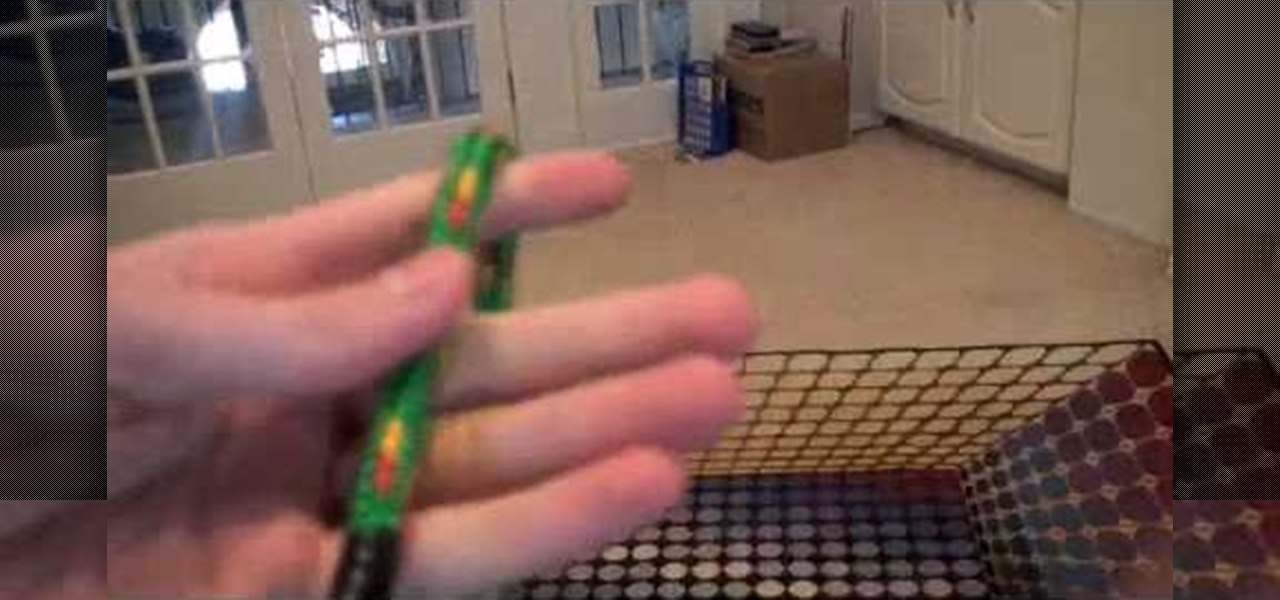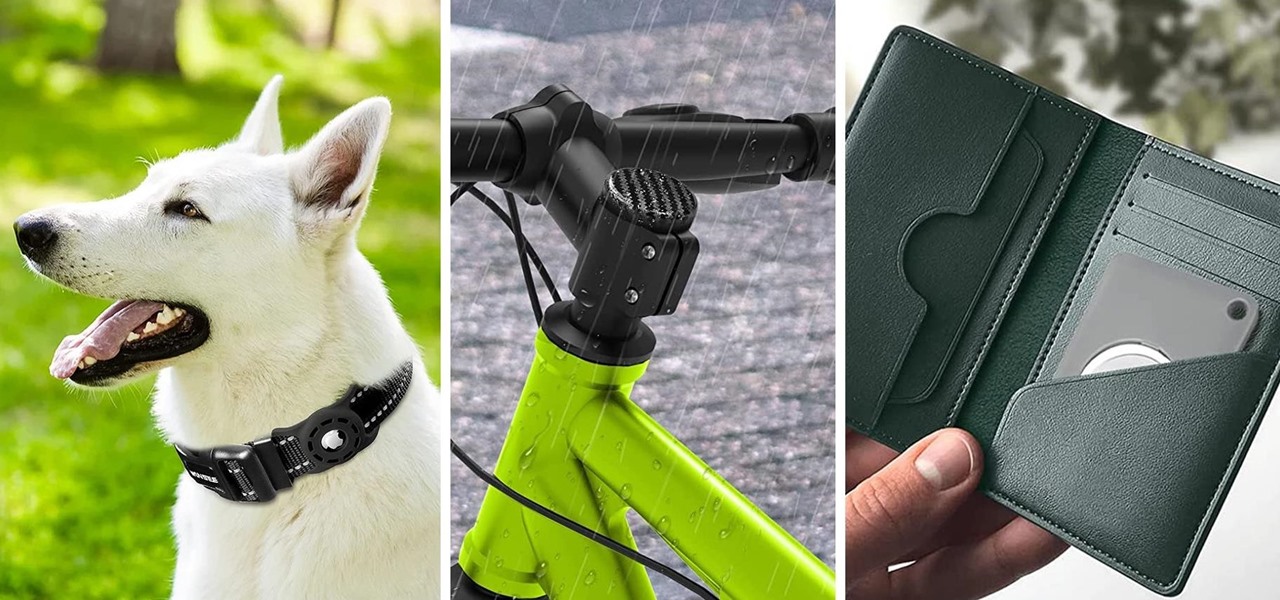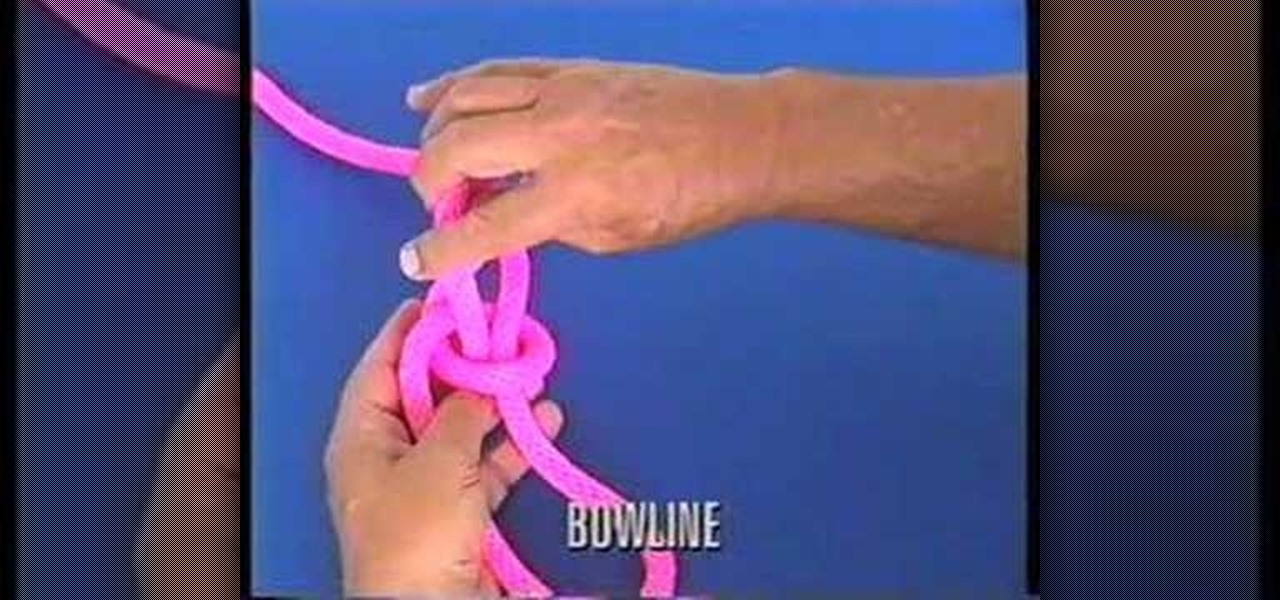
Check out this instructional knot tying video that demonstrates how to tie the Bowline knot. The bowline is an exceptionally versatile knot. It is quick to tie (once you practice), doesn't slip and doesn't jam. Just follow the simple instructions outlined in this boating tutorial and learn how to tie a Bowline knot. Knot tying is a breeze with this video. Start practicing and reel in the big fish!
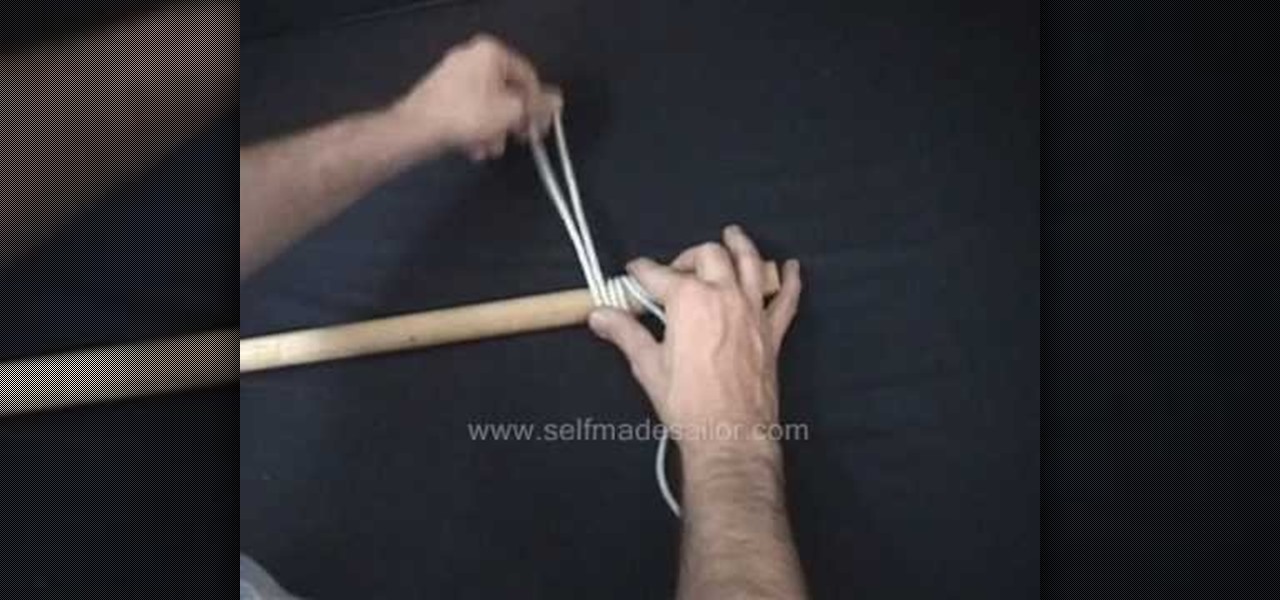
Learn how to tie a Klemheist Hitch - This is a gripping knot made using a loop of small diameter rope applied to the main line or object. It greatly resists slipping when the pull is parallel to the main line. This is a good knot for sailing, boating, general outdoors and even bondage.
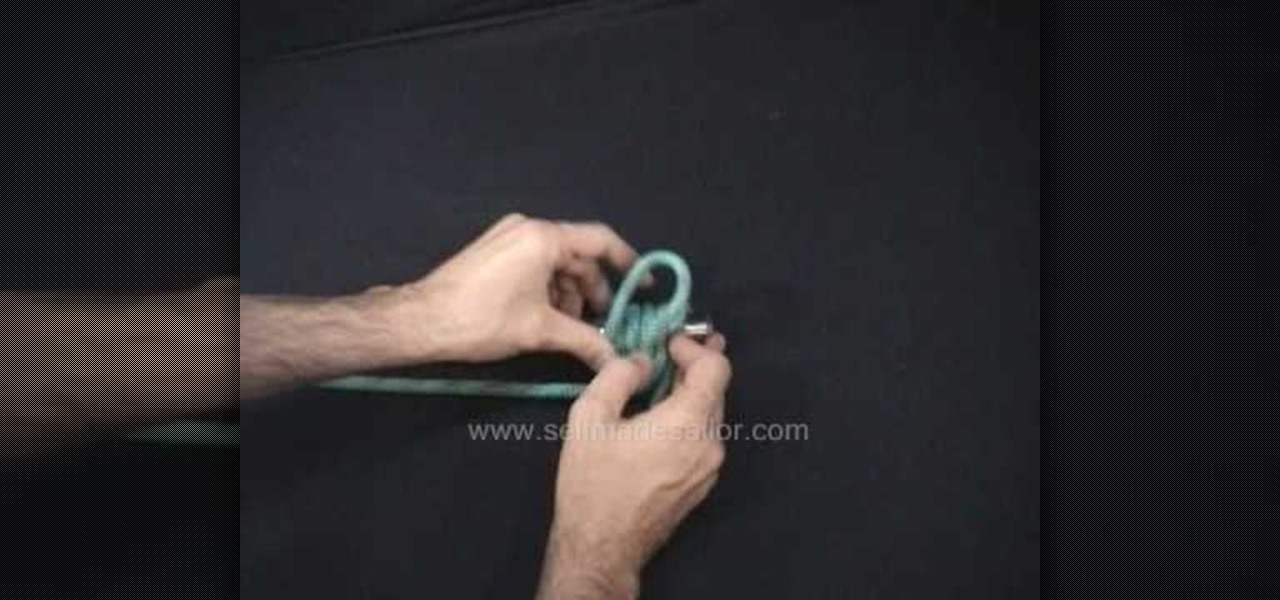
Learn how to tie an Icicle Hitch - A superb gripping knot that strongly resists slipping, stainless steel or other smooth surfaces, when the pull is parallel to the object to which it is tied. This is a good knot for sailing, boating, general outdoors and even bondage.
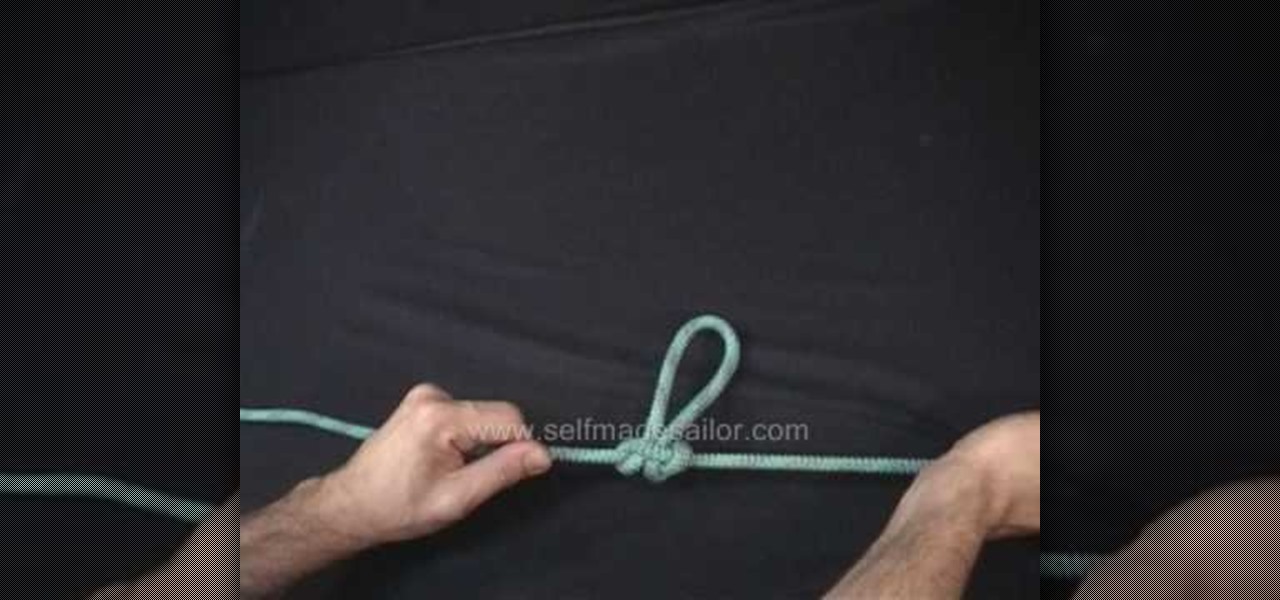
Learn how to tie an Artillery Hitch or loop - A secure way of forming a loop in the standing part of a rope so that the loop lies perpendicular to the line. This is a good knot for sailing, boating, general outdoors and even bondage.
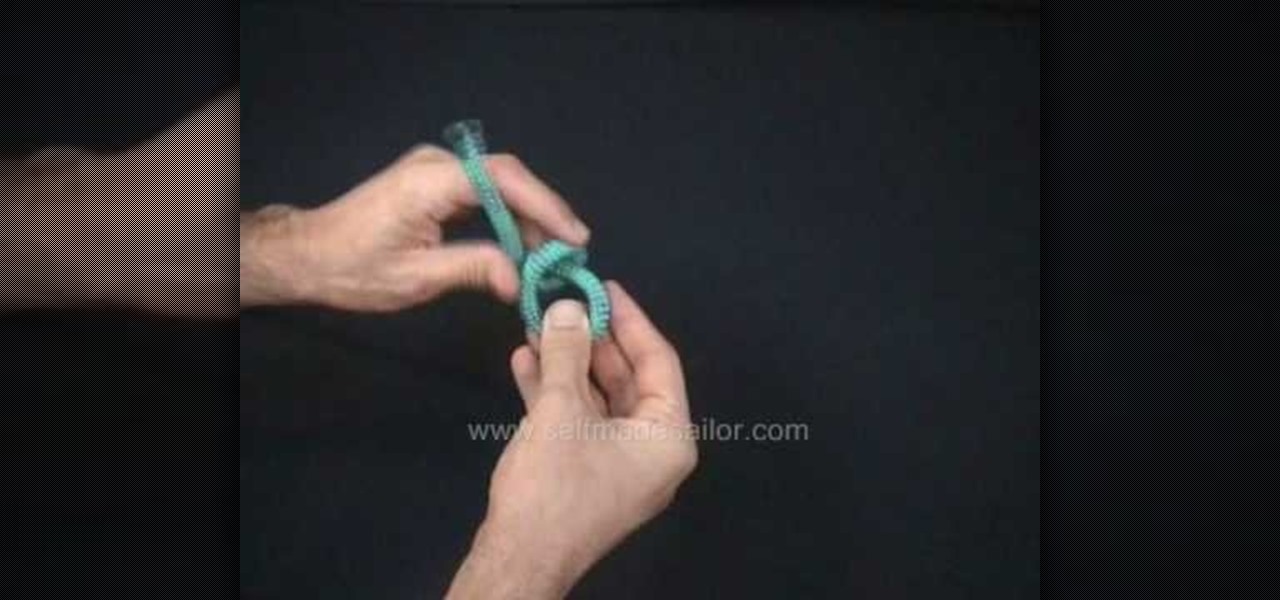
Learn how to tie a Stopper Knot - A quick way to form a stopper at the end of a line to prevent it from pulling through a block or other object. This is a good knot for sailing, boating, rock climbing, general outdoors and even bondage.

Learn how to tie a Round Turn and Two Half Hitches - a quick and secure way of attaching a rope to a railing or other fixed object. This is a good knot for sailing, boating, general outdoors and even bondage.

Learn how to tie a Turk's Head Knot - a decorative knot used to cover a cylindrical object, or it can be worked into a tight ball or sphere. This is a good knot for sailing, boating, general outdoors and even bondage.

Learn how to tie a Blood Knot - Used in sailing as a somewhat decorative stopper knot or on the business end of a Cat 'O Nine Tails (hence the Blood Knot's name). This knot can be used in sailing, boating, general use, camping and bondage.

Learn how to tie a Tom Fool's knot - this knot is a basis for a number of decorative and functional knots. This knot can be used in sailing, boating, general use, camping and bondage.

How to tie a Grass Bend - A good knot for joining together two ropes made of stiff material - seat belt webbing, for example. This knot can be used in sailing, boating, general use, camping and bondage.

Leanr how to tie a Bowline on the Bight - This is a means of tying a bowline in the certer portion of a rope. This knot can be used in sailing, boating, general use, camping and bondage.

This shows you how to tie a Shamrock Knot / True Lover's Knot - A decorative knot, built from two Thumb Knots, that forms the shape of a shamrock. This is used in sailing, boating, general use, camping and bondage.

Learn how to tie a variation on an Icicle Hitch - This version can easily be tied in the middle portion of the fixed object with no need to pass a bight over the end. The Icicle Hitch is a knot with far greater holding power than a Rolling Hitch, used to secure a rope to a railing, pole, or another rope where the direction of pull is along the length of the fixed object. This knot greatly resists sliding and slipping. This knot can be used in sailing, boating, general use, camping and bondage.

Learn how to tie the Eye Splice Knot for boating. This animated knot tying tutorial is the best you'll find. With this knot tying how to, you can tie the Eye Splice Knot fast or slow, or pause it at every step along the way. Learn to tie knots for your next boating trip. Tie the Eye Splice knot with a knot tying animation.

Learn how to tie the Anchor Bend Knot for boating. This animated knot tying tutorial is the best you'll find. With this knot tying how to, you can tie the Anchor Bend Knot fast or slow, or pause it at every step along the way. Learn to tie knots for your next boating trip. Tie the Anchor Bend knot with a knot tying animation.

Learn how to tie the Bowline on a Bight Knot for boating. This animated knot tying tutorial is the best you'll find. With this knot tying how to, you can tie the Bowline on a Bight Knot fast or slow, or pause it at every step along the way. Learn to tie knots for your next boating trip. Tie a Bowline on a Bight with a knot tying animation.

Learn how to tie the Constrictor Knot for boating. This animated knot tying tutorial is the best you'll find. With this knot tying how to, you can tie the Constrictor Knot fast or slow, or pause it at every step along the way. Learn to tie knots for your next boating trip. Tie the Constrictor Knot with a knot tying animation.

Learn how to tie the Reef (Square) Knot Knot for boating. This animated knot tying tutorial is the best you'll find. With this knot tying how to, you can tie the Reef (Square) Knot Knot fast or slow, or pause it at every step along the way. Learn to tie knots for your next boating trip. Tie a Reef (Square) Knot with a knot tying animation.

Learn how to tie the Trucker's Hitch Knot for boating. This animated knot tying tutorial is the best you'll find. With this knot tying how to, you can tie the Trucker's Hitch Knot fast or slow, or pause it at every step along the way. Tie a Trucker's Hitch Knot with a knot tying animation.

Half-hitches are great knots, but only when use in combination with other knots. By itself, a half-hitch is unsafe and unreliable, but when joined with other knots, can be quite the opposite. Tying two half hitch knots together is great for attaching a rope or line to any object. The half hitch and double half hitch are used throughout specialities, most notably as a boating knot, outdoor knot, and paddling knot.

The Prusik knot is a great versatile outdoor knot, boating knot, or paddling knot, and is used widely throughout each. Mountain climbing is a big user of this knot. You can use this knot to secure a loop to a tight line. Also great for hitching boats.

This Butterfly knot will accommodate a load in any direction, and is used mostly in outdoor and boating situations, but also could be used as a paddling knot. It's used for securing a loop or many loops in the middle of a rope. Great for mountain climbing and canoeing.

The best flotation device is the one you wear. There are many choices when it comes to picking the PFD that will keep you safe on the water. Now there is a new option, inflatable PFDs from Mustang Survival. There is one to suit just about every water activity from sailing, kayaking, paddling, boating, water skiing, wakeboarding or general pool fun!

This is how to store a rope so it will not tangle. If you have long lengths of rope to carry along on a boating trip or camping adventure, it helps to wrap the rope into an accessible yet compact series of loops. This rope will unwind easily for all your rope tying needs.

This how-two knot-tying video has been created by Paul Collingridge of Guildford College. It is used as an instructional video for tree surgery students. Bowline knots are useful for boating, rock-climbing, and any time a relatively strong looped end is needed. Check out this video survival-training tutorial and learn how to tie a bowline knot.

The hangman's noose is infamous for its use in hanging prisoners during executions. It was supposedly invented in Britain but eventually spread throughout the world, going beyond the prisons and even into our own homes. But the hangman's knot isn't all doom and gloom. There are plenty of practical (and non-lethal) applications for the hangman's knot, like a fishing or boating knot. Everyone should know this roped knot; this tutorial will show you the knot-tying process. Just remember, to be a...

Learn kayaking and canoeing basics and maneuvering techniques such as how to paddle and steer in this free boating video series on kayaking and canoeing for beginners.

Apple AirTags are super helpful for keeping track of your keys, backpack, and other frequently misplaced items, but there are some pretty clever things you can do with them beyond finding your stuff.

A well stocked first aid kit is a good tool to have at home at any time, and it will help you be better prepared in the event of an emergency. It's also a good idea to have a kit with you while hiking, biking, camping or boating. While kits can be bought preassembled, you can also build your own. For more information on keeping and creating your own first aid kit, take a look. Start a first aid kit.

TOP MOVIES 2011 The Artist (2011)








